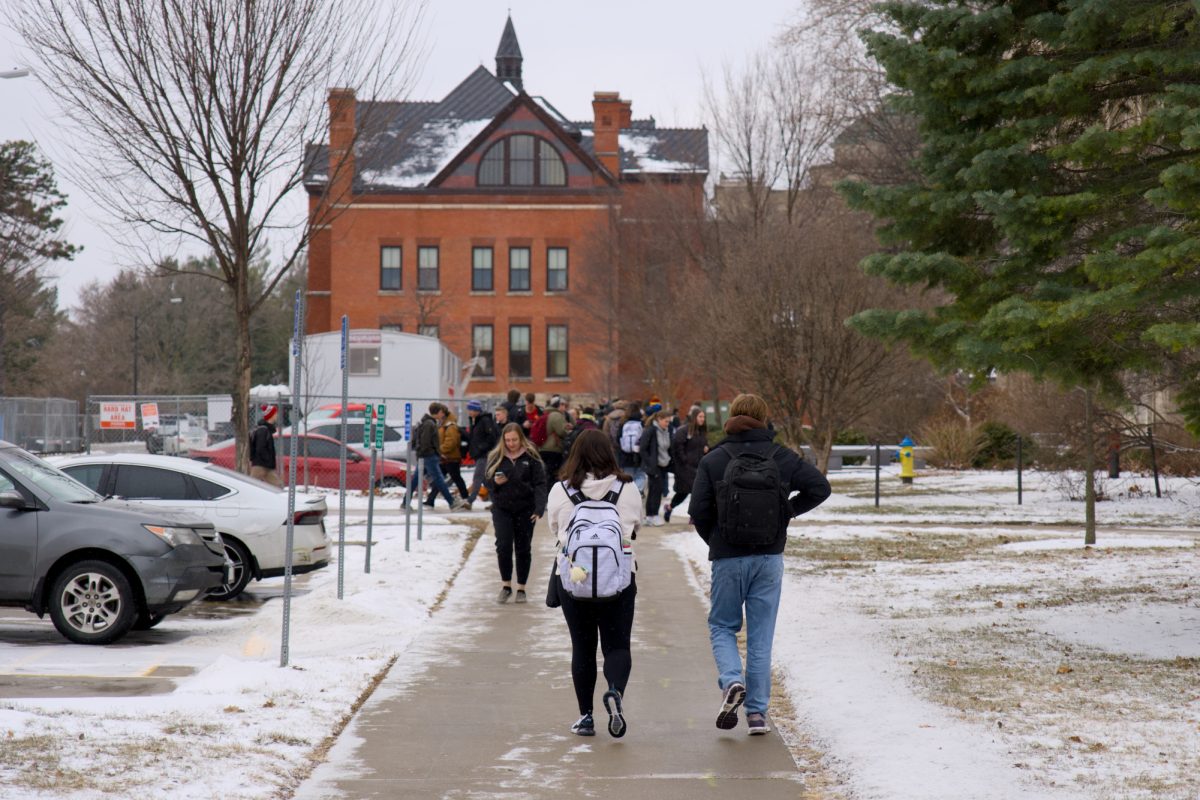Engine consortium builds scanner to secure safe skies
February 19, 1999
The Engine Titanium Consortium, of which Iowa State is a member, has made flying the friendly skies a little safer by developing a new device to test for defects in materials used in airplane engines.
The group has developed an eddy current scanner which serves to detect small cracks in the engines.
Lisa Brasche, associate director of the Center for Non-Destructive Evaluation, said the scanner measures the conductivity of the engine material. If the conductivity of the material changes, the scanner will indicate a defect, she said.
The device will help reduce the cost of the inspections and is supposed to be more effective than previously employed techniques, she said.
ISU received funding for the device from the Federal Aviation Administration. Under the FAA’s Safer Skies Initiative, inspections of engine materials are called for more frequently.
“This tool will make that easier to do,” Brasche said. “What the scanner did was to basically automate that inspection.”
Brasche said the scanner is better than the original hand-held scanner and more cost effective.
“The automated system performs multiple scans, can be used on various sites and on a variety of engines, making it extremely cost-effective,” she said.
No studies have been conducted on whether the scanner provides a safer method of testing engines, although, technicians have attested to its ease of use, she said.
A company called UniWest has made the product available commercially, she said.
“They’ve sold 11 systems and expect to sell at least another half-dozen in the first half of this year,” Brasche said.
Brasche said a team of eight researchers from ISU is working with 40 others from the airline industry.
“Iowa State is the prime organization, so all of the funds come here and then there are subcontracts to General Electric Aircraft Engines, Pratt & Whitney and Allied Signal,” she said.
Brasche said the Engine Titanium Consortium was established to address “inspection-related needs” for the aircraft industry.
Researchers from GE Aircraft Engines, Pratt & Whitney and Allied Signal also contributed to the project, she said.






